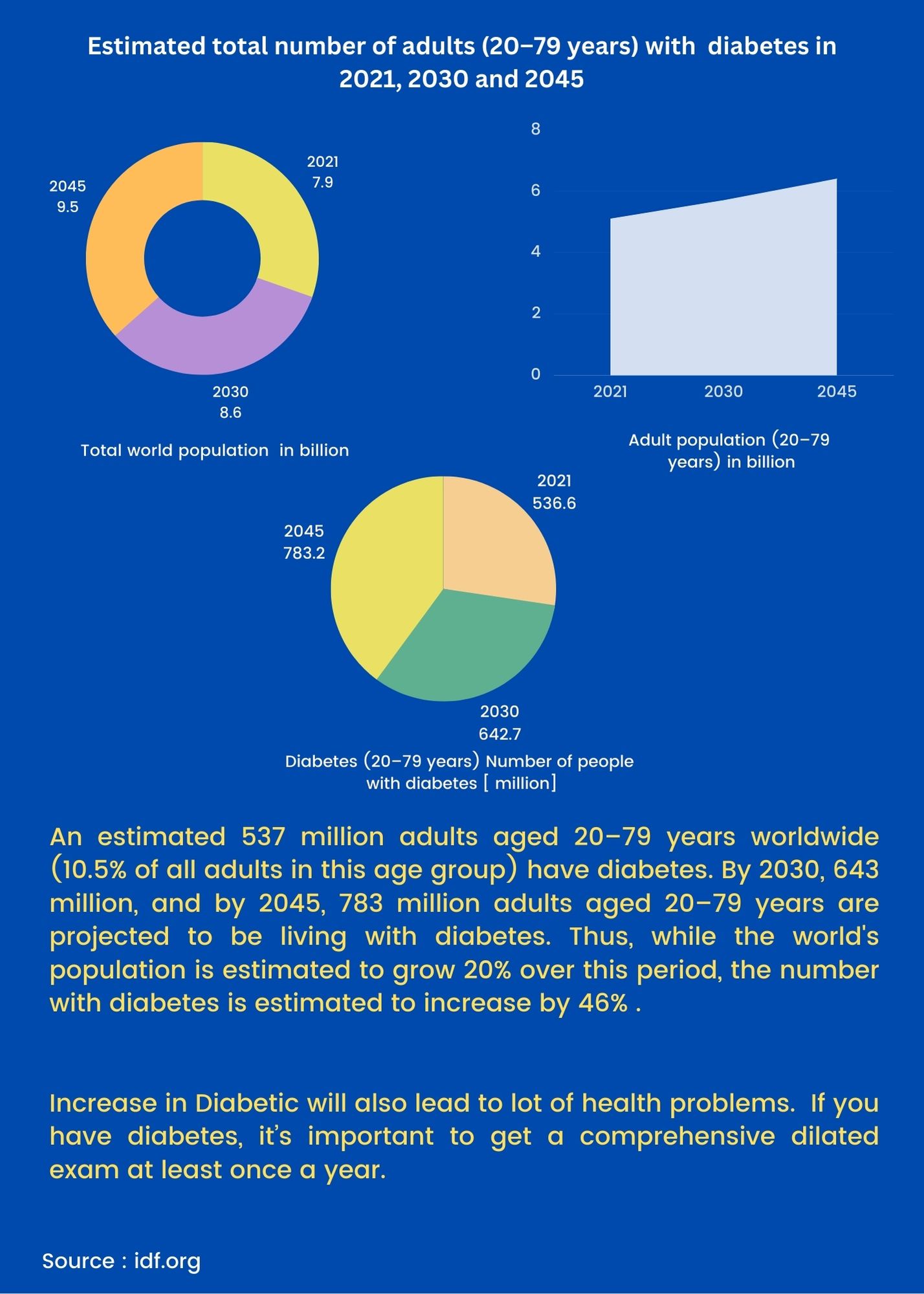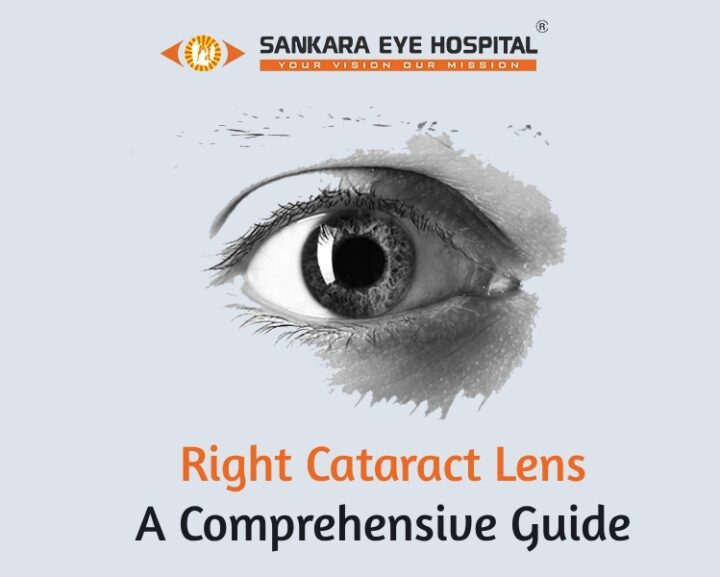Diabetic retinopathy is an eye condition that affects people who have diabetes. At first, it only causes mild blurriness and no other symptoms, but it can lead to permanent blindness if diabetic retinopathy eye problems left untreated. It is caused when the blood vessels of the light-sensitive tissues in the eye get damaged. It usually affects both the eyes. If you have diabetes, you need to have a dilated eye health exam at least once a year. As this condition may not have symptoms at the initial stage, it is essential to take eye tests to diagnose or rule it out as soon as possible. Next should know about the Diabetic retinopathy Causes .
Cause of diabetic retinopathy
High blood sugar levels can damage the blood vessels in the retina, and then these damaged vessels leak which causes blurred vision. It also stops blood flow in some cases.
Symptoms of diabetic retinopathy eye problems
Contact your doctor or GP immediately if you experience the following symptoms
- Trouble seeing clearly in the dark
- Eye pain
- Blurred and patchy vision
- Sudden vision loss
- Seeing spots or floaters
- Trouble reading
- Not able to see far objects
- Vision that changes from blurry to clear suddenly
- Seeing dark areas in your vision
These symptoms do not prove that you suffer from diabetic retinopathy, but if you experience these symptoms, you must consult the doctor immediately.
Types of Diabetic Retinopathy
NPDR or Non-Proliferative Diabetic Retinopathy is the early stage of this disease. At this stage, your vision will be blurred.
PDR is the advanced stage of this eye disease and stands for proliferative diabetic retinopathy. At this stage, it could lead to blindness and other complications.
Diabetic eye screening
Anyone with diabetes and over 12 years of age should attend diabetic eye screening regularly. The test is required as many people do not even experience symptoms, underplaying the larger issue.
Not taking a test is detrimental because diabetic retinopathy causes vision loss and blindness. It can be cured if it is caught early. Screening also leads to a diagnosis of the issue.
Treatment for Diabetic retinopathy eye problems
Injections called anti-VEGF drugs can reduce the retina swelling causing blurred vision. There are other medications available too.
When there is bleeding or detachment of the retina in the eyes, ophthalmologists perform an eye surgery called Vitrectomy.
To reduce swelling in the retina, doctors perform laser treatments. This treatment aims to stop blood vessels from leaking into the eye.
The above treatments are specifically for people at risk of vision loss.
Usually, people are advised to manage their diabetes before reaching this severe stage.
Side effects of treatment/Surgery
- Sensitivity to lights
- Aches and pains
- Blurred vision until vision gets better
- Developing cataracts
- Eye infections
Other risk factors- Diabetic retinopathy eye problems
- People who have high sugar levels can get it
- Hyperlipidemia
- Pregnancy
- Hypertension
- Race factors
What can you do to reduce the risk of getting it?
- Avoid smoking
- Take your diabetic medications the way it is prescribed
- Go for regular eye check exams
- Exercise more and get active
- Control the blood sugar in your body
Other eye diseases
The other eye diseases people develop when they have diabetes are cataracts and glaucoma. People with cataracts have clouding in their eyes. Surgeries treat cataracts.
On the other hand, glaucoma damages the eye’s optic nerve because of increased pressure. Treatments help prevent the condition from getting worse in most cases.
People with diabetes are more likely to develop cataracts or milder glaucoma.






